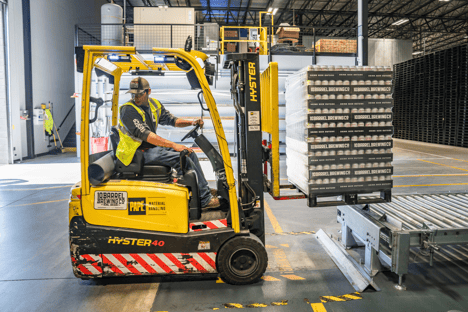 Freight damage happens unfortunately, but you can be prepared to handle it by having this information on hand!
Freight damage happens unfortunately, but you can be prepared to handle it by having this information on hand!
Rules and Regulations
Filing and Processing
LTL (less than truckload) freight claims must be filed within 9 months of the delivery date. Carriers have 30 days to acknowledge the claim and 120 days from the date of acknowledgment to come to terms. Concealed damage or shortage claims must have notification given to the carrier within 5 business days of delivery.
Freight charges must be paid in full in order for claims to be processed. Freight must be kept for inspection or pickup by the carrier until the claim is resolved. Carriers have the right to inspect and take ownership of the claims freight for salvage. Every effort should be made to mitigate the freight damages. This should be done before filing the claim, but can also be adjusted if the carrier does inspect the damaged goods.
It is also important to know the maximum liability of the carrier. Every carrier will have different specifications for how much they cover per weight, class, commodity, etc. This will fluctuate more with used commodities as they are covered for a lot less (usually $0.50/lb). Additional insurance should be purchased for used or high value freight.
The 4 Types of Freight Claims:
Damage
Most freight claims will fall under this category. Freight can be damaged due to many reasons, including shifting while in transit, other freight falling on top of it, forklift damage, etc. This type of claim is reserved strictly for shipments that have visible damage that is also noted on the POD at the time of delivery.
Loss
This type of claim is made when a shipment is picked up but never makes it to the destination. There is proof that the shipment left the origin (signed BOL), but at some point in transit the freight is misplaced or lost completely and no POD is available.
Shortage
When a shipment arrives at the destination and all of the freight that was shipped or expected did not arrive, you will have a shortage claim. A shortage can happen for many reasons such as a case falling off of the pallet (especially if it was not properly packaged), incorrect information on BOL, or freight separated during shipping. It is important that the BOL details how many pieces along with pallet count are shipped, so you are protected in case a shortage does happen. Also just as important, the receiver must note any shortages on the POD at the time of delivery.
Concealed Damage or Shortage
The final type of claim is concealed damage or shortage, which is just as the name states. Sometimes when freight is delivered, the damage or shortage is not visible and is unable to be noted on the POD. When this happens, it is extremely important to take quick action on notifying the carrier. NMFTA Rules state you must notify the carrier within 5 business days of delivery of the concealed damage or shortage.
Now you are equipped to recognize the types of LTL freight claims there are and what to do if you come across them!

